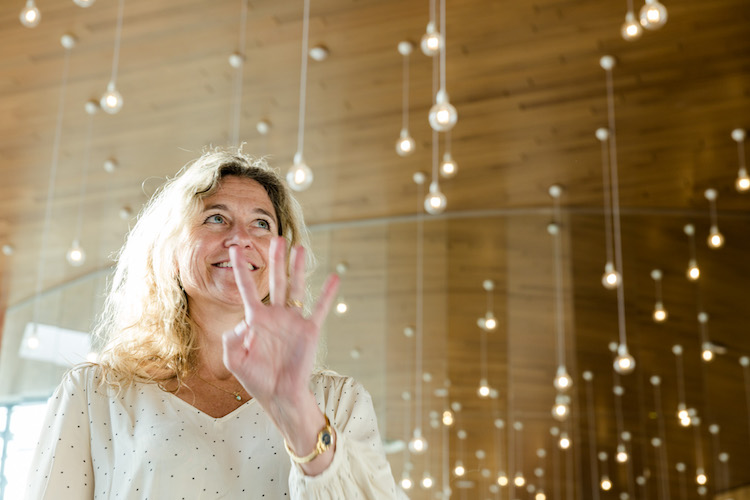
Is it really possible to shift culture and reinvent large organizations, especially those established for decades? Honestly, for those of us who have truly pushed the transformational envelope within and throughout large systems — it’s a constant challenge, demanding seamless effort, focus and very creative thinking.
As a cultivator of the intrapreneurial spirit, I’m always pushing the conventional boundaries to help leaders see differently and help organizations transform. My latest attempt is this: inviting children into the workplace to help envision the future of business!
Over the years, I’ve found that one of the biggest obstacles for change lies with our leaders’ fear of losing control. So, what if we could help our leaders experience “letting go” in a safe, yet unfamiliar environment, by getting both children and executives to work side by side on real business challenges?
We decided to try it! A group of adolescents were invited to take part in a top-level, one-day executive workshop. Utilizing the Think Wrong methodology, they worked on envisioning the future of business in a more creative, humanistic, societal and environmental way.
Initially, the reaction from the executives was surprise and skepticism. In an instant though, the youth and the executives were brought together by a simple drill in which they were asked, “What is your secret talent?” Within hours, the executives were intrigued by the immediate collaborative, trusting and inclusive ways in which the adolescent mind works.
One exercise called for each group to share; each executive group chose one person to share, whereas the adolescents naturally split the share-out between themselves.
Another exercise was about creating ideas following a certain structure. The executives followed and the adolescents expanded, adding and drawing outside of the boxes to illustrate their ideas, adding to the workshop structure itself.
In the end, the kids experienced the abundance of opportunities to be explored and seized in business, whereas the true aha moment for the executives was seeing the children interact — a disruptive mirror to their own rather traditional, “controlled” and formatted ways of functioning.
With contrast, we sometimes see clearer. Although we are all born with curiosity to constantly explore, our children naturally show it through their eagerness to create, invent and play with the unknown, isolated from the world of corporate politics until they grow up.
We, however, as adults in big businesses, “conform” our creativity through established habits: hierarchies, politics and delivery models, for example. We create cultures of operational excellence for maximum business output that can stifle the spirit of the eternal explorer; the intrapreneur, the “creative child” within us, that dreams up the future.
So, if we are really looking to shift culture, mindset and practices to stay ahead of the game, we should nurture this creative child within us and create the right conditions to explore the unknown to make our dreams come true. In other words, we need to create an intrapreneurial culture. A culture where each and every one of us can express our unique selves as explorers, innovators and doers. Why not enlist the help of our children in our transformational experiment — after all, they are the ones who will eventually inherit this world from us.















